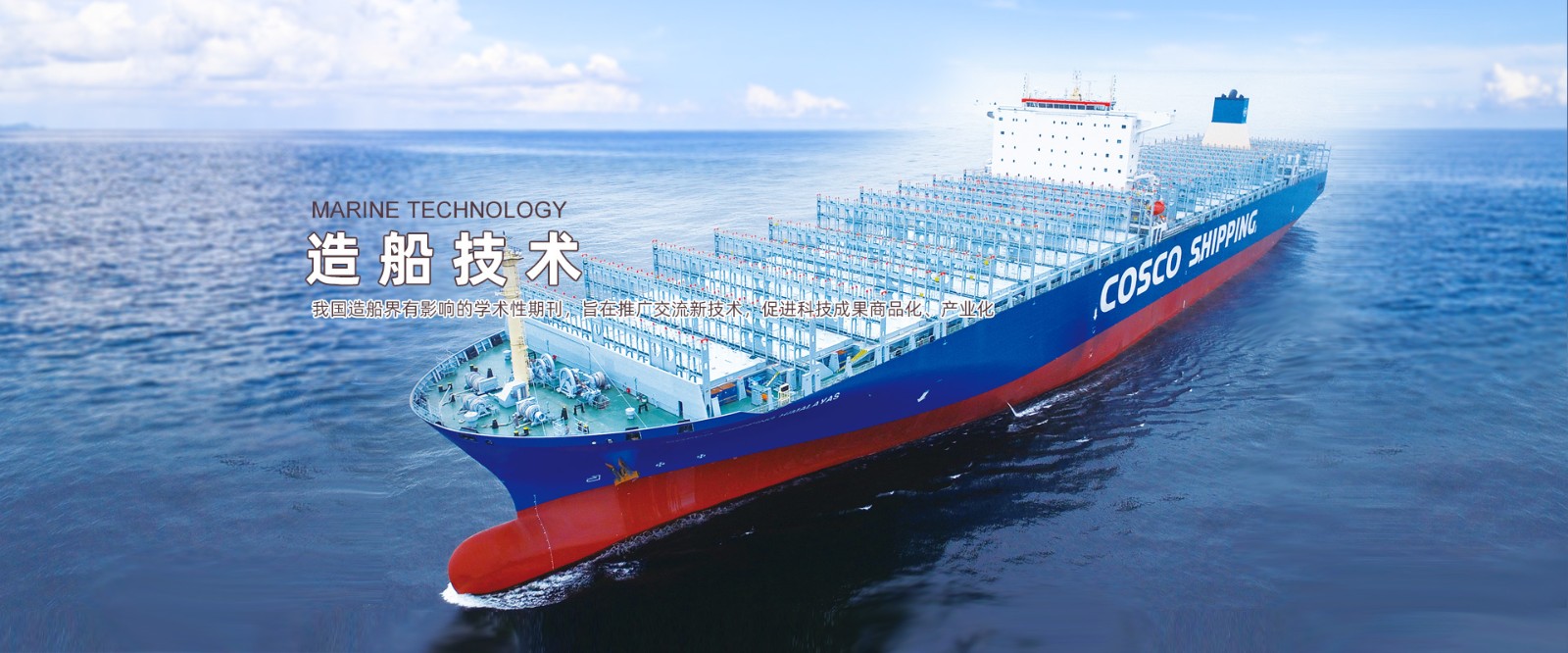Abstract:With the development of self-elevating wind turbine platforms towards great water depths and heavy lifting loads, the operating conditions have become the control conditions for the strength of the leg. In order to study the influence of rack phase difference on lifting capacity, takes the latest truss type wind turbine platform as example, through analysis it is found that: when the crane full slewing operates, the allowable RPD decreased by 66.9% and 60.4% respectively compared with the normal lifting and preloading lifting conditions, and the chord reaches the strength limit before the diagonal brace. As the RPD value increases, the lifting capacity rapidly decreases, which is basically a linear relationship. Even if the lifting weight is reduced to zero, the allowable RPD value is smaller than the preload lifting condition. Therefore, strict restrictions on RPD is needed in actual crane operation to ensure the safety of the platform structure.
